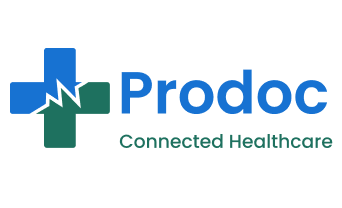Key Strategies for B2B Digital Marketing Success:
1. Content Marketing: The Cornerstone of B2B Digital Marketing
Content mar keting involves creating and distributing valuable, relevant, and consistent content to attract and retain a clearly defined audience. For B2B companies, this strategy is particularly effective because it allows you to showcase your expertise and provide value to potential clients before they even consider making a purchase.
Types of content that work well in B2B marketing include:
- Blog posts: Regular blog posts can help you address common industry challenges, share insights, and provide practical advice. This not only attracts potential clients but also improves your search engine rankings.
- Whitepapers and eBooks: These in-depth resources allow you to explore complex topics in detail, positioning your company as a thought leader in your industry.
- Case studies: By showcasing real-world examples of how your products or services have helped other businesses, you provide concrete evidence of your value proposition.
- Webinars and video content: These formats can be particularly engaging, allowing you to explain complex concepts visually and interact with your audience in real-time.
To maximize the impact of your content marketing efforts:
- Develop a content calendar to ensure consistent publishing
- Use a mix of content types to cater to different preferences and stages of the buyer’s journey
- Optimize your content for search engines to increase visibility
- Promote your content through various channels, including email and social media
2. Email Marketing: Nurturing Leads and Building Relationships
Email marketing remains one of the most effectiv
e B2B digital marketing strategies, offering a direct line of communication to your prospects and customers. It’s particularly useful for nurturing leads over time, given the longer sales cycles typical in B2B.
Key elements of successful B2B email marketing include:
- Segmentation: Divide your email list based on factors like industry, company size, or stage in the buying process to deliver more targeted, relevant content.
- Personalization: Use the recipient’s name, company, and other relevant details to make your emails feel more personal and tailored.
- Automation: Set up triggered emails based on specific actions or time intervals to guide prospects through the sales funnel automatically.
- A/B testing: Continuously test different elements of your emails (subject lines, content, call-to-actions) to improve performance over time.
Remember to focus on providing value in your emails, not just promotional content. Share your best content, offer exclusive insights, and provide useful resources to keep your subscribers engaged.
Conclusion
Successful B2B digital marketing requires a strategic, multi-faceted approach. By combining content marketing, email marketing, SEO, social media marketing, ABM, and marketing automation, you can create a comprehensive strategy that attracts, engages, and converts your target audience. Remember to continuously analyze your results, adapt to changing market conditions, and stay up-to-date with the latest digital marketing trends to maintain a competitive edge in the B2B landscape.













